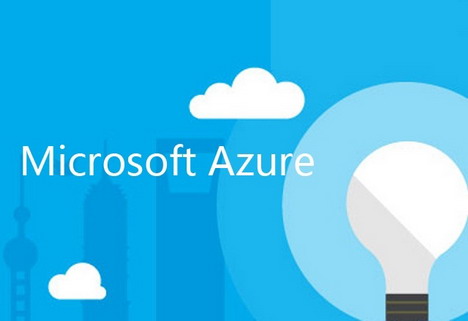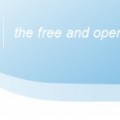4 Case Studies That Prove Microsoft Azure Is The Best Enterprise Level Solution
Businesses need more from cloud services than ever before, and in Microsoft Azure many have found an integrated platform capable of more than they would have imagined. From application building to data storage, predictive analytics and IoT services, Azure provides a growing range of enterprise tools.
Here are four of the most convincing case studies, which prove that Microsoft Azure is the best cloud services platform.
Case Study 1: BMW
The Problem:
Back in 2011, BMW Latin America needed to publicize the launch of two new lines in the BMW 1 Series. The company wanted to use Facebook to drive an interactive marketing campaign, which would promote the launch of their new cars whilst at the same time collecting audience data.
The Solution:
In partnership with Microsoft, BMW used a solution built in Azure called the HG Social Marketing Accelerator. Its creators, the Huddle Group, assisted in the launch of an interactive Facebook campaign. Consumers could visit the Facebook page, look over the different packages for the new BMW 1 Series and complete a form to receive further information and media content.
The data from prospective customers was stored in the Microsoft SQL Database, before being delivered to the BMW’s Microsoft Dynamics CRM 4.0 environment. Marketing staff could then look through the information for sales leads. In all, BMW were able to interact with almost 100,000 consumers in just two months, all without any major infrastructure investment.
Case Study 2: Heineken
The Problem:
Heineken partnered up with James Bond back in 2012 to coincide with the release of the film Skyfall. The plan was to push a marketing campaign worldwide; something which would be difficult considering the company’s usual method of decentralizing its advertising. The Bond promotion therefore, offered unprecedented challenges.
The primary digital content for the campaign was a 100-megabytemovie, which had to play flawlessly for millions of viewers worldwide.
The Solution:
Partnering with Microsoft Azure meant that Heineken didn’t need to invest in the management of servers, and could instead prioritise delivering successful marketing campaigns. For the Bond promotion, the company used the Azure Content Delivery Network to make the large video available reliably and globally to an audience of 10.5 million.
Following the success of several marketing campaigns, Heineken now use Microsoft cloud services in other aspects of the business. These include Microsoft Dynamics CRM and Office 365. In three global campaigns Azure has been the catalyst for millions of interactions, and been the foundation for significant savings.
Case Study 3: Bwin
The Problem:
Following a merger in 2010, gaming heavyweights bwin and Party Gaming joined forces to create one high-traffic website. They did this without having the correct technology infrastructure in place, and as a result performance suffered. Web servers timed out more often, and the site would go down for several minutes at a time. With 1 million bets placed every day and millions of customers around the world, bwin needed stronger foundations for rapid business growth. In an industry where every second counts, players required seamless online performance.
The Solution:
After discussions with Microsoft, bwin.party decided to revolutionize their infrastructure, deploying an in-memory online transaction processing (OLTP) solution. The solution uses main memory optimization and no-locking/no-latching concurrency control mechanisms to remove bottlenecks that are caused by scaling up.
Bwin.party can now support close to 20 times the number of current users, guaranteeing that players have a more positive experience and leaving room for future growth.
Case Study 4: EasyJet
The Problem:
EasyJet is one of Europe’s leading low-cost airlines. The company wanted to improve its customer experience without having to add extra staff or bolster IT infrastructure. The challenge was to offer new features to customers during the booking process without needing substantial investment in on-premises infrastructure and staff.
The Solution:
To improve check-in and registration, EasyJet implemented a hybrid cloud solution that included a seating allocation, which runs on the Windows Azure platform. This meant that the heavy lifting was all done in the cloud, without the need for extra resources onsite. Now, EasyJet has a more flexible infrastructure to introduce new features quickly and affordably.
Tags: business, cloud computing, microsoft




















































